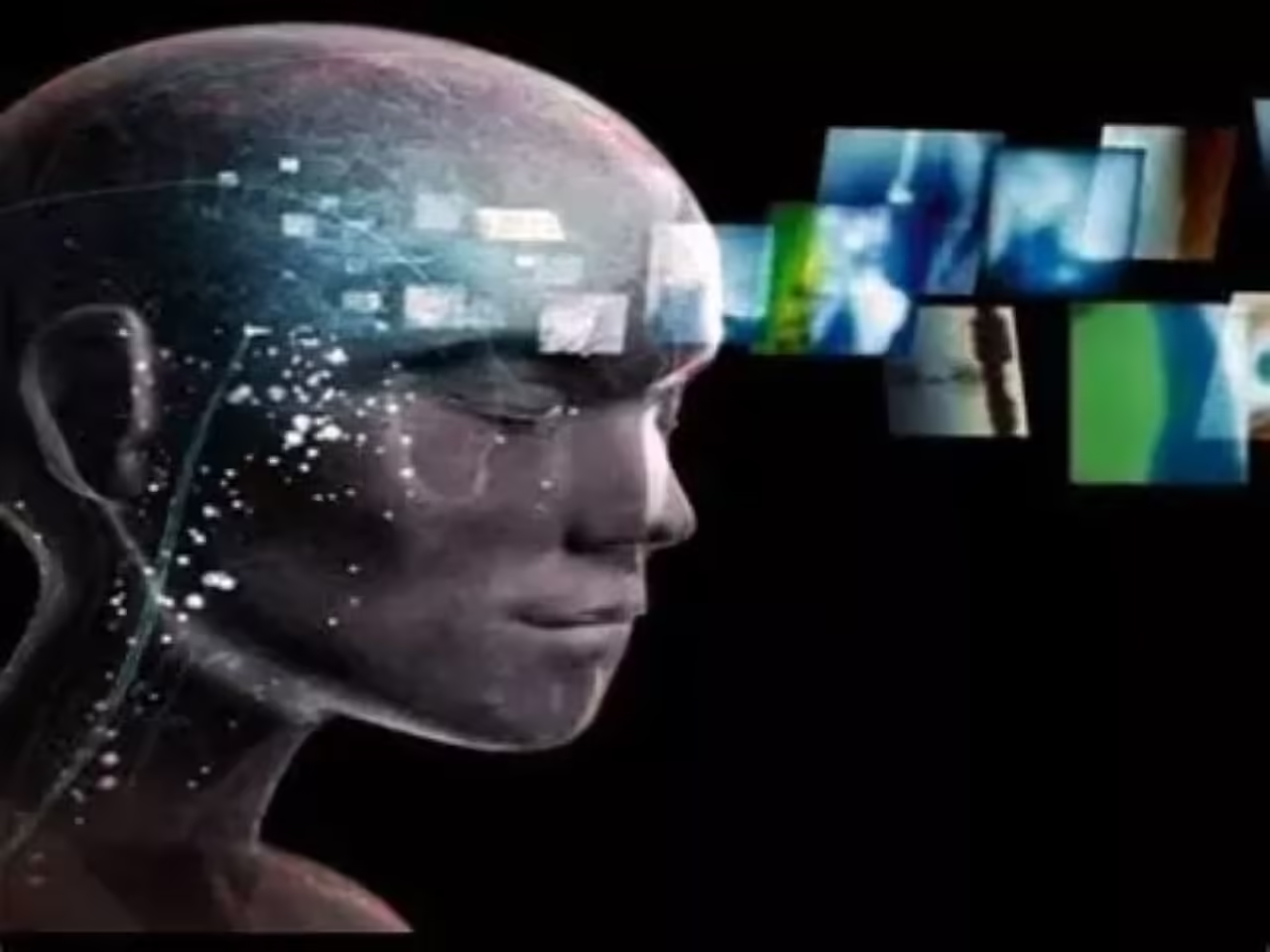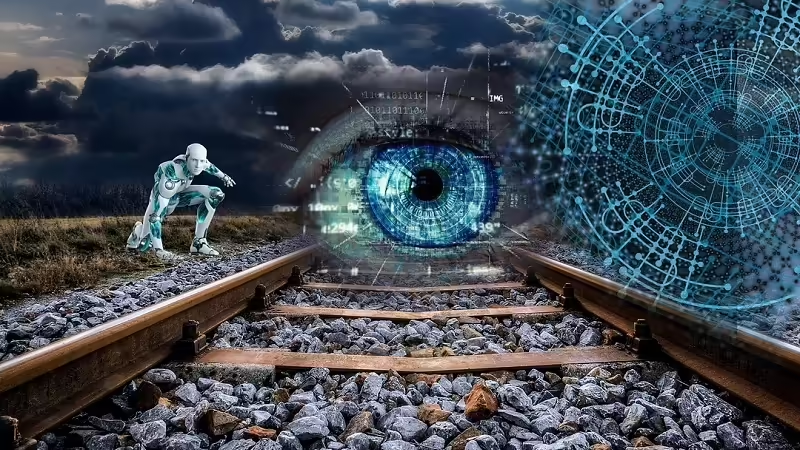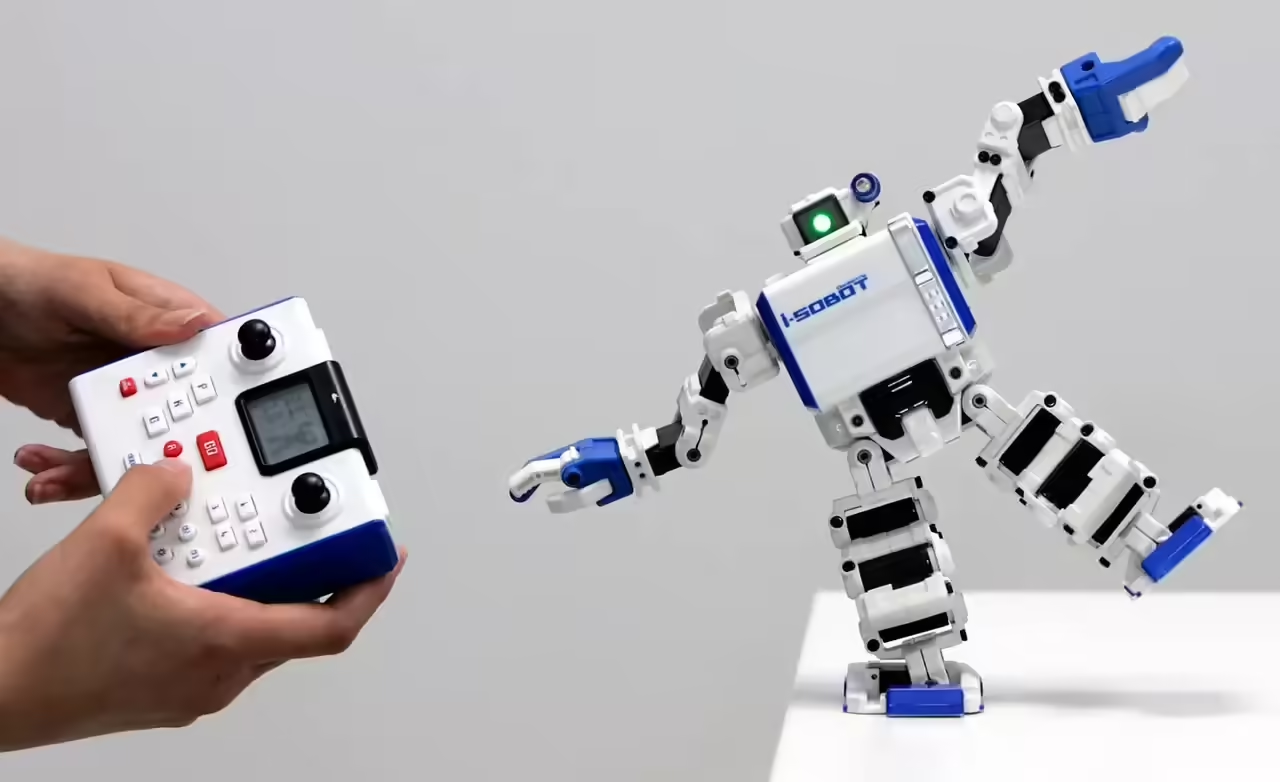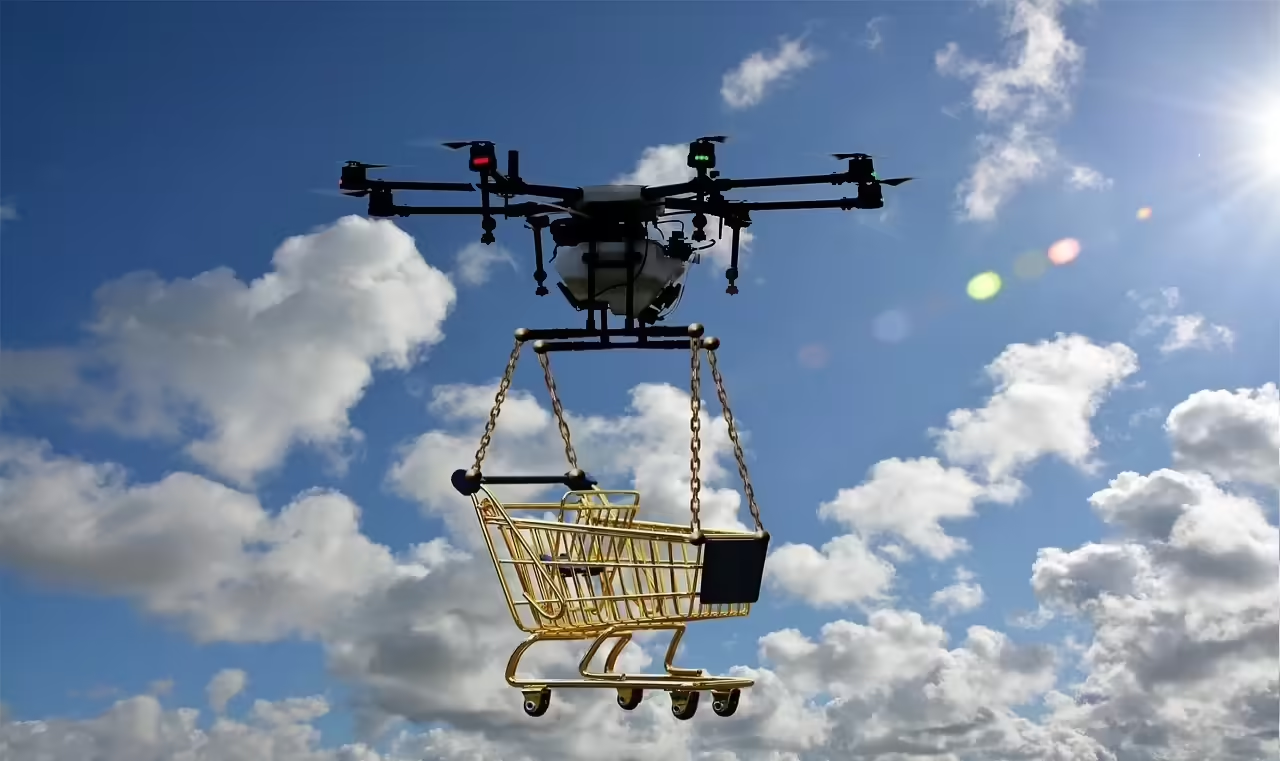
Much of who we are, how we think and act, is conditioned by our memories, by our memory. For example, someone may remember some shocking episode that modified his personality, that made him create certain fears, beliefs, etc.
Or he may remember a beautiful encounter that made him create certain feelings towards another person. And all of these together, our personality, fears, beliefs, feelings, memories, memory, are what we are in essence, as consciousness. But what would happen if all this could be modified, if we could stop being ourselves and become someone else?
Modification of memories by amnesia
So far we are aware of events that produce amnesia in the short, medium and long term, as well as permanently. And that fact alone is already a modification of what we are ourselves, since part of the memories are suppressed and with them, all that this process implies.
For example: there are dozens of cases where the person has lost the memory of who his or her partner was and, upon seeing her, does not recognize her, so that feeling of love, affection, protection, etc., has also been lost. Possibly they have also lost the plans they had together as a couple, the hopes, the habits, the manias, the ways of calling her, of touching her, etc. And all of that is an integral part of who we are as a consciousness, but when it is lost, all of it is also lost.
If we take this example a little further, it is possible that the person who has lost the memory of who his or her partner was may go out and fall in love with another person, creating other feelings and another love dynamic. Possibly their previous love relationship was disturbing, but now it is wonderful and with it, all previous perceptions, certainties, doubts, etc., have been replaced by others.
Perhaps, because of his previous conflictive relationship, he would have created repulsion for women and even become an aggressor; but now he loves the woman and cannot help but feel a feeling of reciprocity for his partner.
Modification of beliefs
Let us propose another example. A person who has adhered to the Christian cult, along with the entire Christian belief system, has an episode in which he loses his memory of it all. Perhaps in his attempt to find himself again, he travels to Tibet and is deeply attracted to Buddhism. In this order of ideas, that person has ceased to be what he was and has become someone else. And here comes the question: what is consciousness?
All this is possible due to episodes of amnesia, which could affect a specific period of time, or a segment of memories, but what if new memories could be implanted? Of course, in the above examples, if you will, implantation of new memories has happened, but it has taken time and it has happened by chance, but what if it could be done selectively?
The implantation of false memories
Well, that is exactly what optogenetics proposes, which aims to become not only the greatest revolution in science, but perhaps the greatest revolution in history, because it potentially affects who we are as human beings, our own identity. The brain is an electrical system and cells communicate by means of electrical impulses and, also, by means of electrical impulses it would be possible to change this entire electrical network.
Mohamad Koubeissi
Doctors like Mohamad Koubeissi, from the George Washington University Hospital, have already begun to conduct experiments in this area. In one of them, an electrode was implanted in the brain (specifically in the claustrum) of a woman who was instructed to read a text.
While she did so, electrical impulses were sent that activated the electrode; when this happened, the woman immediately stopped reading and was left without any cognitive or motor function; when these electrical impulses stopped being sent and the woman’s brain activity returned to normal, she continued reading exactly where she had left off.
The experiment was repeated systematically and the results were exactly the same. The woman was then asked and stated that she did not remember (had no consciousness) of the moments in which she had been left without cognitive or motor functions, that is, she only remembered that she had been reading the text, but she had absolutely no memory of having had lapses of “self-absorption”, for her this had not existed.
It is thought that these moments could have been used to implant new memories, potentially modifying the person’s identity.
Even memories of traumatic episodes could be suppressed or simply replaced by happy ones. For example, a mother whose child has died could feel extreme pain and present a complex picture of depression.
Even today, through a fortuitous episode of selective amnesia, she could forget that she had a child, and the pain would disappear. But in the future it would be possible to obtain the same results, only in a controlled way and selecting the memories and the time span affected.
After such a procedure, the mother would go from being overwhelmed to being calm, even to being happy if the negative memories are replaced by positive memories, thus separating the pain from the memories or, as neurologist Steve Ramirez argues, even taking us to a point of not knowing whether our memories are real or not.
Scientist Steve Ramirez
But the implantation of memories no longer seems to be just speculation, but a reality thanks to optogenetics, a combination of genetics and laser technology that makes it possible to modify the behavior of cells and neurons in a matter of milliseconds. Steve Ramirez himself in 2014 managed to insert new memories in the laboratory of MIT (Massachusetts Institute of Technology).
Experiments on mice
In the experiment, a mouse is placed in a first red box and then an electric charge is sent to its feet. This creates in the mouse the memory that the red box is dangerous. It is then placed in a second drawer of a different color and the mouse explores it happily until the neurons that store the memory of the red color are activated; the animal is then paralyzed with fear. By putting it back in the second drawer, the memory of the traumatic episode was activated, creating the memory of an episode that did not really happen, creating a false memory (the traumatic episode had only happened when the rodent was put in the first drawer).
In a second experiment, another reason was put in a first red box, but without electric shock. The next day, the rodent was placed in a second blue box and an electric shock was sent while activating the memory of the red color. The next day the mouse is put back in the initial red box (and without electric shock) but, unlike the first day when the rodent had explored it curiously and happily, this time the mouse is terrified because it evokes the false memory of the traumatic episode.
But Ramirez has also managed to convert unpleasant memories into happy memories (so far only in animals), not only by altering memories but also by implanting artificial memories by recording new information in the hippocampus (the area of the brain that allows the conversion of short-term memory into long-term memory).
Implications of neurological modification
The ethical, medical, social implications (to name but a few), are overwhelming. What is consciousness? What we think is true? Optogeneticists and many neuroscientists defend these procedures by arguing that the modification and/or implantation of memories would only be performed on people who require it, such as military personnel with war traumas, rape victims, people with complex depression, etc.
Undoubtedly, its use in humans would imply a new era in humanity, changing our perception of what we are, of our thoughts, of what we consider to be true, of our own identity, of the way we behave and even of our most intimate beliefs, feelings and convictions.







